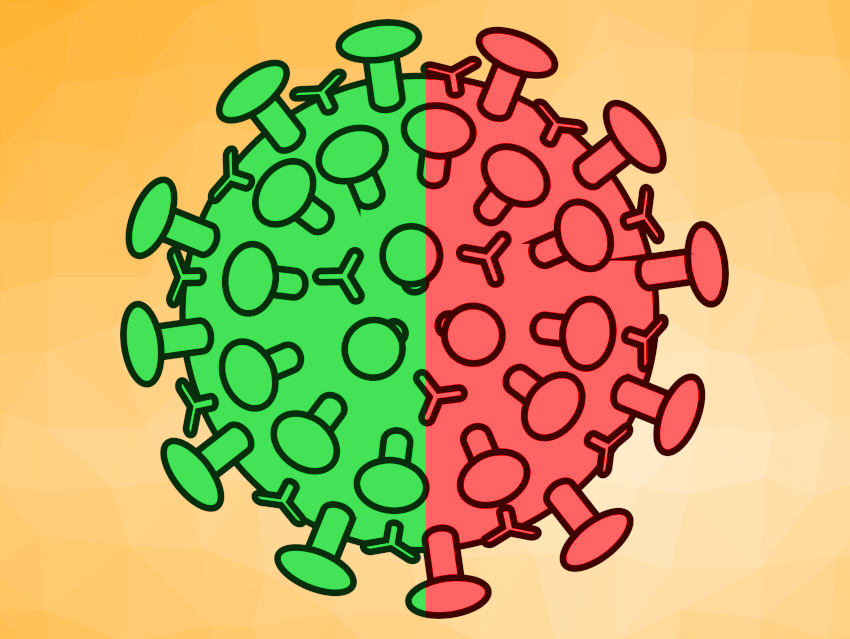Tests for a virus infection often use the polymerase chain reaction (PCR) to amplify and detect the genetic material of the virus. These tests are generally sensitive and specific, however, they cannot differentiate between infectious and noninfectious viruses. Techniques that can determine infectivity are usually based on microbiology and can take several days to perform.
María Eugenia Toimil-Molares, GSI Helmholtzzentrum für Schwerionenforschung, Darmstadt, Germany, Lijun Rong, University of Illinois at Chicago, USA, Benito Mariñas, Yi Lu, University of Illinois at Urbana-Champaign, USA, Omar Azzaroni, Universidad Nacional de La Plata (UNLP), Argentina, and colleagues have developed a method for the direct detection of intact viruses that is able to differentiate infectious from noninfectious viruses.
The team used DNA aptamers (oligonucleotides that bind to a specific target) selected from a DNA library to selectively bind to an intact, infectious virus. They targeted either human adenovirus or SARS-CoV-2. The DNA aptamers were incorporated into nanopores in polyethylene terephthalate (PET) films. When a virus is bound to the aptamers inside the nanopores, the ion-transport properties of the pores change measurably.
According to the researchers, the sensitivity of the method is comparable to those of standard viral assay methods. It is fast, does not require sample pretreatment, and can be used to determine the infectivity of viruses that do not replicate well in cell cultures.
- Direct detection of human adenovirus or SARS-CoV-2 with ability to inform infectivity using DNA aptamer-nanopore sensors,
Ana S. Peinetti, Ryan J. Lake, Wen Cong, Laura Cooper, Yuting Wu, Yuan Ma, Gregory T. Pawel, María Eugenia Toimil-Molares, Christina Trautmann, Lijun Rong, Benito Mariñas, Omar Azzaroni, Yi Lu,
Sci. Adv. 2021.
https://doi.org/10.1126/sciadv.abh2848
Also of Interest
- Collection: SARS-CoV-2 Virus
What we know about the new coronavirus and COVID-19



